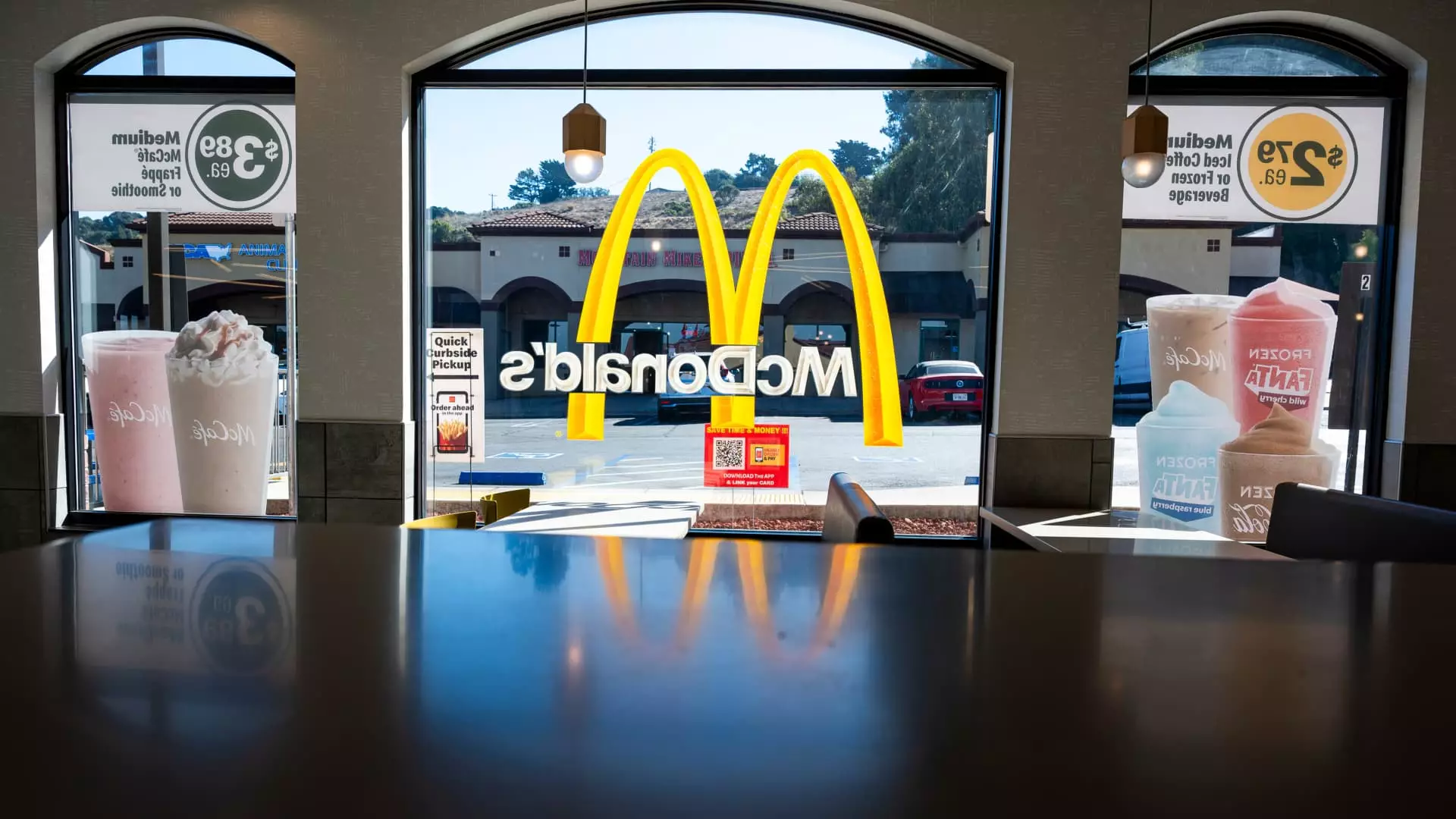The restaurant industry in the United States has faced an unprecedented challenge over the past few years, significantly intensifying in 2024. As executives gear up for the future, many are holding onto a cautious optimism for 2025. This article examines the current state of the restaurant sector and explores varied sentiments among industry leaders while highlighting the challenges they anticipate moving forward.
The year 2024 has been marked by a surge in restaurant bankruptcy filings, which have increased by over 50% compared to the same period last year. The pressure on restaurants is evident, with data revealing a persistent decline in traffic to establishments that have been operating for at least a year. Tracking services, such as Black Box Intelligence, report monthly decreases in patronage throughout 2024 up until September, signaling a widespread struggle within the sector. This dire landscape has worsened sentiment among large brands, as numerous chains, including giants like McDonald’s and Starbucks, have faced significant declines in same-store sales.
Against this backdrop, Kate Jaspon, CFO of Inspire Brands, which owns Dunkin’, expressed her exasperation at a recent conference, stating her eagerness to put 2024 behind them in hopes of a brighter 2025. The reluctance of customers to frequent these establishments has challenged business sustainability, leading many in the industry to search for indicators of recovery amidst the adversity.
Despite the grim statistics, recent months have witnessed tentative signs of recovery. October brought a 2.8% increase in traffic to fast-food establishments, hinting that consumer habits may be shifting yet again. Brands like Restaurant Brands International, which owns Burger King, have reported an uptick in same-store sales during this more recent period. These instances of improvement fuel a cautious optimism among industry patrons and executives alike.
Contributing to this burgeoning sense of hope is the reduction in interest rates, a signal noted by industry stakeholders at recent financial conferences. With the Federal Reserve approving consecutive rate cuts, the cost of financing new restaurant ventures is expected to decrease, potentially invigorating growth. CFO Katie Fogertey of Shake Shack emphasized that lower credit costs could lead to increased consumer confidence. As the pressure to spend at restaurants lessens, the psychological boost might encourage diners to splurge, notwithstanding the prevailing caution among consumers.
Another ray of hope shines through potential initial public offerings (IPOs) in the restaurant sector as market valuations begin to stabilize. The landscape has been largely dormant in the IPO realm, with Cava being the last significant restaurant to make a public offering over a year ago. Since then, the stock’s meteoric rise by over 500% hasn’t catalyzed a wave of similar movements from other chains. Industry experts are cautiously optimistic, anticipating that IPO activity could pick up in the upcoming year, particularly within the first half of 2025.
Despite this optimism, the road to a revitalized IPO market isn’t smooth. The financial bar has been set high due to traffic pressures across the industry. Portillo’s CFO Michelle Hook expressed doubts about the overall market environment, hinting at potential headwinds that could impede growth next year. As a fast-casual chain experiencing falling same-store sales, Hook’s concerns reflect the broader struggle within the sector.
Despite the rising optimism, there are significant challenges looming on the horizon. Competition in the restaurant sector is expected to intensify, especially as value-focused offerings gain momentum. Major players like McDonald’s are rolling out expansive value menus to attract consumers, further intensifying the competitive landscape. As more chains adopt aggressive discount strategies to win back diners, the potential for profit erosion looms large.
Additionally, while the threat of a recession appears to be receding, the lingering effects of inflated costs over the last few years may slow a full recovery in consumer spending. Restaurants dependent on discounts to woo customers face an uphill battle against the threat of bankruptcy, should economic pressures continue.
The restaurant industry is at a critical juncture. While there are glimmers of improvement and hope for 2025, the sector must navigate substantial economic headwinds and evolving consumer expectations in order to thrive. The resolve of industry leaders to adapt to changing circumstances will determine whether the bumps along the road lead to long-term prosperity or ongoing volatility.

Leave a Reply